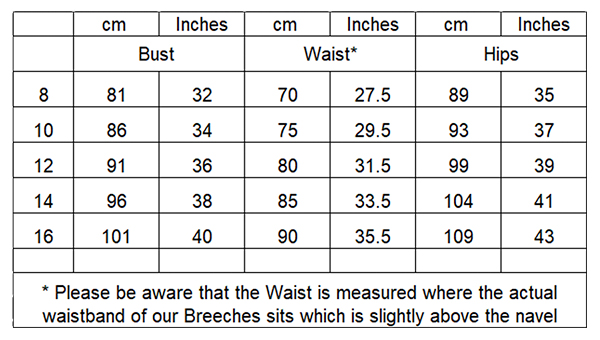#ForTheRider - How can Osteopathy help me as a rider?

We always know when it's worth calling an Osteopath for your horse, but how many of us truly stop to think about how our body and its posture effects our horse’s way of going, or even seek treatment for ourselves?
We riders work hard to care for our horses. We bend, we twist and we lift heavy weights on a daily basis, all of which can play havoc with our body. We often habitually muck out one way, or sweep one way, heavily favouring one side of our body, yet we expect to be able to sit centrally on our horse in balance to help his body, and use each side of our being independently. That takes some serious skill!
We don't think twice about trying to work out what's gone wrong with our tack or our horses if we encounter a problem, but riders ourselves generally are very last on the list. Did you ever pay attention to just how your posture whilst riding can influence your horse’s ability to use his body? A common example I see are riders who want their horse to be working in a good outline will find themselves with rounded shoulders and their chin tucked in, mimicking the posture that they want their horse to be in. This drops the rider “on their forehand” and will often render them unintentionally aiding their horse to be on its forehand. The horse tries very hard to lift through the base of its neck and its ribs, but it has to readjust to accommodate a stiff, hunched rider.
If we sit in an unbalanced way, our horses have to not only compensate for their problems, but ours too. This in turn can lead to patterns of compensation building up in their tissues and contribute to injuries.
Osteopathy can be a really useful tool for riders. Not only does it help to deal with new injuries we pick up from when gravity gets the better of us, but also it helps to identify and treat tight and weak areas of muscles that create underlying strain patterns that become our "habitual" patterns. Regular treatments help us to stay flexible and balanced.
To ride well requires balance, coordination and muscular control of our bodies. Riders often have problems with the gluteal and hamstring muscles, and poor back strength. For the body to be able to balance itself it creates tension in the quadriceps at the front of the thigh, which directly pull the pelvis forward, tipping the rider forward in the saddle and hollowing the lower back. Again, reflecting a similar posture a horse on its forehand would be in if humans were quadrupeds!
The rider's posture can also be hugely influenced by the saddle, leaving them having to fight to keep their posture aligned. Commonly seen with some cheaper saddle brands, the rider sits in an old fashioned “chair seat” and will never effectively achieve a good riding posture despite their best intentions. This isn't a fault of the rider, but commonly due to the placement of the stirrup bars dictating how the rider can (or cannot) move.
When treating riders, the main complaints I hear are of back pain and riders sitting heavily to one side. These are often coupled with riders saying one stirrup feels longer than the other despite them both being even when someone looks from the front. The key is to determine how much is due to the horse, how much is the rider’s body and how much is due to external influences like the saddle.

Let me give you an example. The picture is me sitting on my 16hh Arab. It may not seem it on first glances, but my pelvis is beginning to tip forward, meaning my deep hip muscles are tight that can make me grip up with my legs and stopping me sitting completely on my seat bones. I have a big tendency to stick my chin out and round my shoulders, that aids with the sensation of being tipped forwards in the saddle. In my defence, the picture is taken on a slight tilt to the right, and my field is by no means flat. It doesn't help that my air jacket makes me look square!
Sadly, simply doing core exercises alone won't work to make everything better. Rider training should include strengthening weaker areas and stretching tight ones, and these can be quite subtle. Combined with osteopathic treatment to help keep any pain at bay, your osteopath can create a rehabilitation programme to help you work on yourself, including a good stretching regime to do on a regular basis.
It's amazing how something simple like treatment and some easy exercises can, and will, make a massive difference to you and your horse together. By keeping you balanced, supple and able to maintain a correct posture with ease on your horse can support your horse’s posture, helping to improve his performance. This hopefully also means any unplanned dismounts are few and far between!
About Me
Georgina Bull is a registered Osteopath and Medical acupuncturist working in Northamptonshire, having graduated in 2006 from the British College of Osteopathic Medicine in London. Georgina has always had a passion for horse riding, and takes great delight in combining treating riders and their horses to maximise their performance. Georgina has worked alongside many riders, including being the travelling Osteopath for the Team GBR Endurance team. Georgina runs her own human and equine clinics in Northamptonshire, and can be found at www.nen


